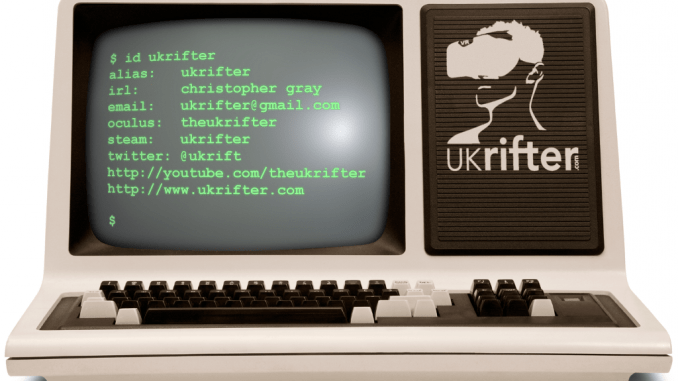
Executive Summary
Recent developments in wearable technology from Meta and OpenAI have captured attention in the tech world. Meta’s latest offering, the Ray-Ban Display, showcases impressive features but falls short in execution. Meanwhile, OpenAI’s potential venture into creating ChatGPT glasses raises questions about the future of AI-integrated eyewear.
Hardware Innovations
The Meta Ray-Ban Display has been unveiled as a part of Meta’s ongoing exploration into augmented reality through fashionable eyewear. Although it boasts a sleek design and innovative features, early hands-on experiences indicate that it suffers from several design flaws. Critics note that while the concept is promising, the first-generation device lacks the polish needed for mainstream adoption. Contrastingly, the Meta Neural Band has received rave reviews for its functionality, with users describing its performance as almost magical, suggesting that the hardware landscape is evolving rapidly.
Platform Updates and Future Prospects
On the other end of the spectrum, OpenAI’s rumoured ChatGPT glasses present a fascinating intersection of artificial intelligence and augmented reality. Despite CEO Sam Altman’s previous dismissals of the concept, the company’s consideration of this new device highlights a growing interest in integrating AI directly into everyday wearables. Should these glasses come to fruition, they could redefine user interaction with AI, making it more accessible and integrated into daily life.
Market Context and Competitive Landscape
The recent developments from Meta and OpenAI underscore the competitive landscape of wearable technology. As companies strive to create devices that blend functionality with user-friendly design, the challenges of first-generation products become evident. Meta’s journey with the Ray-Ban Display serves as a reminder that innovation must often overcome significant hurdles. Meanwhile, the potential entry of OpenAI into the market could significantly disrupt existing paradigms by introducing advanced AI capabilities in a portable format.
Research and User Experience
As the wearables market continues to expand, user feedback will play a crucial role in shaping future iterations of these devices. Both Meta and OpenAI will need to closely monitor consumer reactions to their products to ensure they meet user needs effectively. The success of wearables will depend not just on technological advancements but also on how well these innovations resonate with consumers on a practical level.
In conclusion, the day’s news highlights pivotal moments in the evolution of wearable technology, as Meta and OpenAI explore new possibilities that could redefine user interaction with both augmented reality and artificial intelligence.
Your friend in VR, Christopher aka UKRifter
Hashtags: #VR #AugmentedReality #WearableTech #Meta #OpenAI #ChatGPT #NeuralBand #RayBanDisplay #Innovation

Leave a Reply
You must be logged in to post a comment.